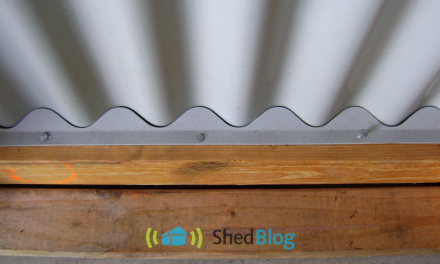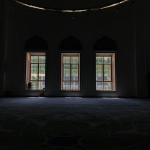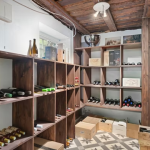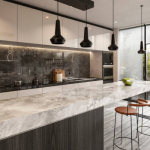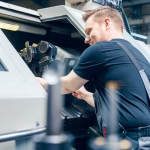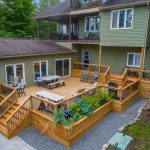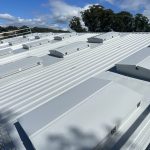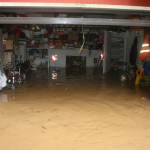Maximizing Your Australian Backyard: Smart Property Additions That Actually Add Value
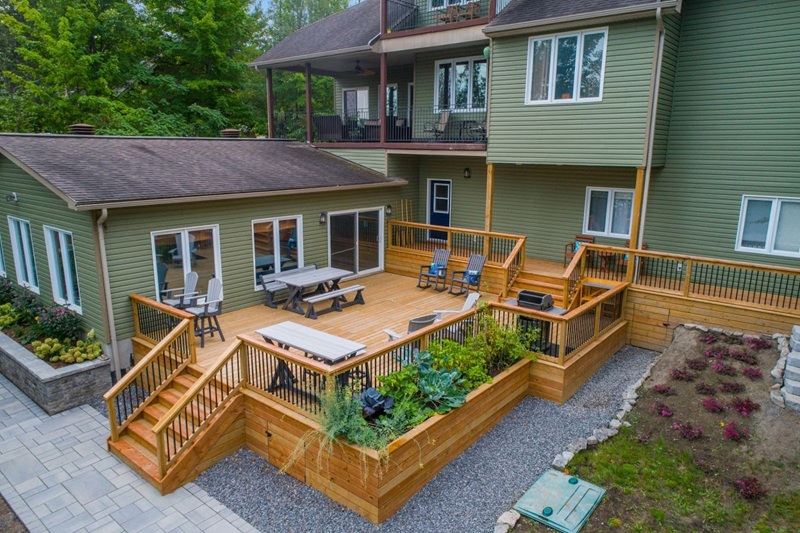
Your backyard is probably worth more than you think. Not in its current state (sorry, that patchy lawn and rusty Hills Hoist aren’t exactly equity builders), but in what it could become with the right additions. Australians are sitting on some of the most valuable residential land in the world, yet most of us treat our backyards like storage areas for broken garden furniture and forgotten trampolines.
The truth is, smart backyard development can transform your property value, create additional income streams, and solve space problems that have been nagging you for years. Whether you’re looking at rental income, multi-generational living solutions, or simply getting your workshop out of the garage so you can actually park your car there, the possibilities are more accessible than ever.
This guide walks you through the most practical backyard additions for Australian properties, from planning and legal considerations to choosing the right structures for your needs and budget.
The Backyard Renaissance: Why Now Is the Time to Build
Australian property owners are experiencing a perfect storm of factors making backyard development more attractive than ever. Property prices in major cities have made upsizing nearly impossible for many families, remote work has increased the need for home office space, and adult children are living with parents longer due to housing affordability challenges.
At the same time, council regulations in many areas have become more accommodating to secondary dwellings and outbuildings. What would have required months of complex approval processes a decade ago can now often be approved as complying development, significantly streamlining the process.
The financial case is equally compelling. Adding a well-designed structure to your backyard can increase your property value by far more than the construction cost. More importantly, these additions can generate ongoing income through rental or provide practical solutions that improve your quality of life immediately.
But here’s the catch: not all backyard additions are created equal, and making the wrong choices can leave you with an expensive structure that doesn’t meet your needs, doesn’t comply with regulations, or worse, actually detracts from your property value.
Granny Flats: The Income-Generating Game Changer
Let’s start with the big one. Granny flats have evolved from basic sleepouts to sophisticated, self-contained dwellings that rival the comfort and style of main homes. These standalone structures typically range from 40 to 60 square meters and include a bedroom, bathroom, kitchen, and living area.
The financial benefits are hard to ignore. In Sydney and Melbourne, a well-located granny flat can generate $350 to $600 per week in rental income. That’s $18,000 to $31,000 annually, which can cover a significant portion of your mortgage or fund other investments. The payback period typically ranges from 5 to 10 years, after which it’s essentially passive income.
Beyond rental income, granny flats offer incredible flexibility for changing life circumstances. They provide a comfortable space for aging parents who want independence while staying close to family. They accommodate adult children who need affordable housing while saving for their own place. They serve as dedicated home offices that truly separate work from home life (no more Zoom calls from your bedroom). And when none of these apply, they’re simply excellent rental properties in high-demand areas.
The construction quality of modern granny flats has improved dramatically. We’re not talking about the fibro boxes of previous generations. Today’s designs incorporate proper insulation, quality fixtures, contemporary styling, and energy-efficient features. Many are indistinguishable from the main house in terms of finish and comfort.
Design options have expanded significantly as well. You can choose from single-story layouts that maximize accessibility, two-story designs that minimize footprint on smaller blocks, studio-style open plans perfect for singles or couples, or multi-bedroom configurations for families. The key is matching the design to your intended use and the characteristics of your block.
One often-overlooked benefit is how granny flats can increase your main home’s functionality. By moving certain activities to the secondary dwelling (home office, teenage retreat, hobby space), you free up rooms in your main house for their original purposes. That spare bedroom that became a dumping ground for exercise equipment and storage boxes? It can actually be a spare bedroom again.
The approval process has become significantly easier in recent years. Most granny flats under 60 square meters can be approved as complying development in many council areas, meaning faster approval times and lower costs. However, specific requirements vary by location, and this is where careful planning becomes essential.
Site conditions matter enormously. You need adequate space (at least 60 square meters for a 40-square-meter flat once you account for setbacks), reasonable access for construction vehicles, appropriate services (water, sewer, electricity), and consideration of factors like drainage and sun orientation. A north-facing flat will be far more pleasant to live in than one that never sees direct sunlight.
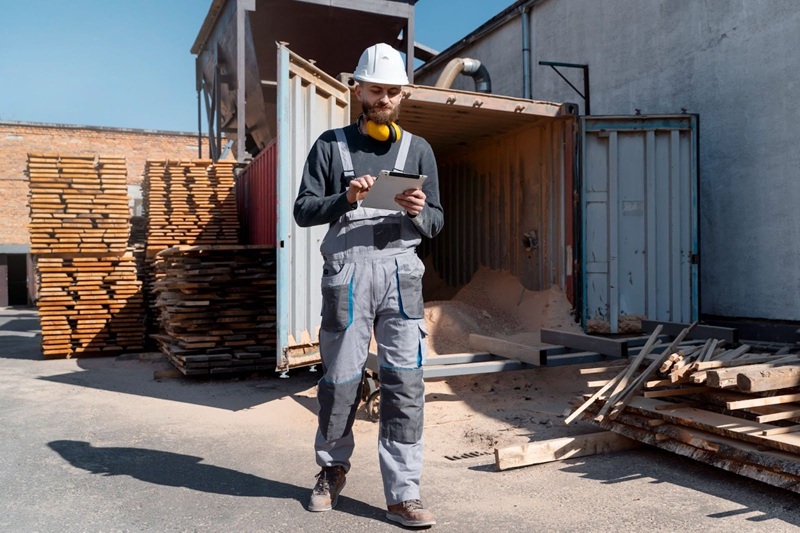
Navigating the Legal Maze: Why Professional Advice Matters
Here’s where many backyard development projects go wrong. People assume that because something seems simple, the legal and regulatory side will be equally straightforward. Then they find themselves dealing with council disputes, neighbor objections, non-compliant structures, or contractors who didn’t deliver what was promised.
Australian building regulations are complex, and they vary significantly between councils, even within the same city. What’s complying development in one suburb might require development approval in the next. Height restrictions, setback requirements, and heritage considerations can all impact what you’re allowed to build.
This is where engaging a building lawyer sydney based professional early in the process can save you thousands of dollars and countless headaches. Construction lawyers do far more than just handle disputes. They review contracts before you sign them, ensuring you’re protected if something goes wrong. They verify that your builder is properly licensed and insured. They help navigate council requirements and objections. And they provide clear guidance on your rights and obligations throughout the construction process.
Common legal issues that arise in backyard developments include boundary disputes with neighbors, particularly regarding privacy, overshadowing, and shared fences. Building contract problems often emerge when payment schedules, completion dates, or quality standards aren’t clearly defined. Defect disputes can drag on for years when the contract doesn’t specify resolution processes. And council compliance issues, especially when structures are built without proper approval, can result in expensive rectification orders.
The cost of legal advice upfront is minimal compared to the potential costs of problems down the track. Most construction lawyers offer fixed-fee reviews of building contracts and can provide preliminary advice on your project for a reasonable cost. This investment typically pays for itself by identifying problems before they become expensive mistakes.
One particular area where legal expertise proves invaluable is in understanding easements, covenants, and other restrictions that might affect your property. These aren’t always obvious from a quick council search, but they can completely derail a project if discovered late in the process. A qualified professional knows what to look for and how to address these issues before you commit to a design and contractor.
Contract negotiations are another area where legal support proves its worth. Standard building contracts typically favor the builder, and many homeowners don’t realize they can negotiate terms. A construction lawyer can advise on reasonable variations to protect your interests, particularly around payment schedules, dispute resolution, and quality standards.
Sheds and Workshops: Practical Spaces That Work Hard
While granny flats get most of the attention, traditional sheds and workshops remain incredibly valuable backyard additions. The difference today is that modern sheds bear little resemblance to the rickety tin structures of the past. Contemporary designs offer proper insulation, professional finishes, and versatile layouts that serve multiple purposes.
The applications are nearly endless. A dedicated workshop finally gets your tools and projects out of the garage, basement, or, let’s be honest, the dining room table. Home gyms in private shed spaces are far more motivating than trying to work out in a corner of the living room while the family watches television. Storage solutions for everything from seasonal decorations to sporting equipment keep your main home clutter-free. And hobby spaces provide dedicated areas for activities that might otherwise take over other rooms.
For Melbourne residents specifically, sheds melbourne suppliers have developed designs that address the city’s particular climate challenges, including proper ventilation for hot summers and insulation for cold winters. The key is choosing suppliers who understand local conditions and regulations rather than going with generic online options that might not suit Australian standards.
Modern shed construction has evolved to include features that were once only found in residential buildings. Concrete slab foundations provide stability and moisture protection. Proper electrical installation supports power tools, lighting, and climate control. Insulation makes the space usable year-round rather than being a sweatbox in summer and an icebox in winter. And quality roller doors, windows, and personnel doors provide security and natural light.
Size considerations depend entirely on your intended use. A basic storage shed might be 3×3 meters, adequate for garden tools and outdoor equipment. A home workshop typically requires at least 6×4 meters to accommodate workbenches and larger projects comfortably. A serious hobby space or home gym might need 6×6 meters or larger to feel spacious rather than cramped.
Placement on your property matters more than many people realize. You want easy access from your driveway for delivery of materials and projects. Consider sun orientation, particularly if you’ll be working in the space during the day. Account for drainage, ensuring water flows away from the structure. And think about how the shed relates to your house and neighboring properties regarding privacy and aesthetics.
The approval process for sheds is generally simpler than for habitable dwellings like granny flats, but don’t assume you can skip it entirely. Most councils allow sheds under a certain size (often 10 square meters) without approval, but larger structures, or those close to boundaries, typically require permits. The penalties for non-compliance can include forced removal of the structure, so it’s worth getting it right from the start.
One significant advantage of sheds is the speed of construction. Unlike granny flats that might take several months to complete, a basic shed can often be installed in a matter of days once the site is prepared. This makes them an excellent first project if you’re testing the waters of backyard development before committing to something larger.
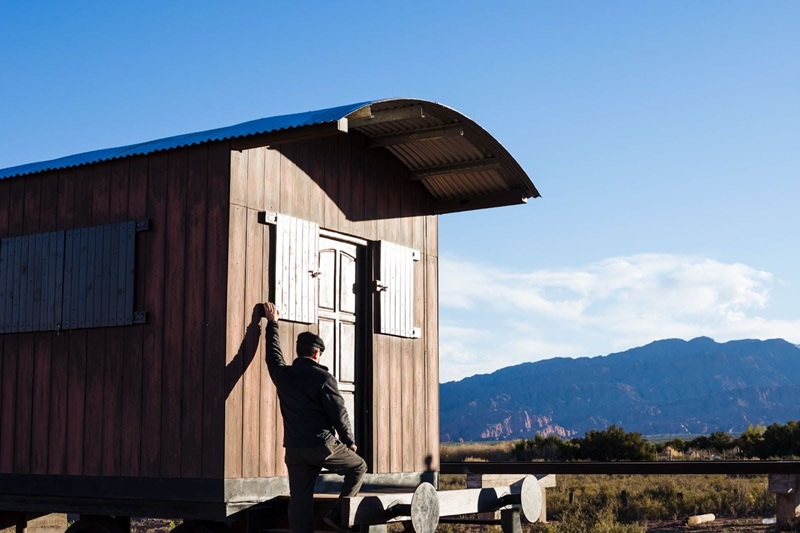
Financing Your Backyard Project
Let’s talk about money, because that’s ultimately what determines whether these projects happen or remain Pinterest dreams. The good news is that financing options for backyard developments have expanded significantly in recent years.
Construction loans specifically designed for granny flats and secondary dwellings are now offered by most major banks. These typically roll the construction cost into your existing mortgage at a competitive interest rate. Some lenders offer interest-only periods during construction, so you’re not paying full interest before the structure is generating income or value.
Personal loans can work for smaller projects like sheds or basic studios, particularly if you want to keep the debt separate from your mortgage. Home equity loans allow you to borrow against the existing value in your property, often at lower interest rates than personal loans. And for those with available savings, paying cash avoids interest costs entirely, though you should weigh this against the potential returns from investing that money elsewhere.
The return on investment varies by project type and location. Granny flats in high-demand rental areas often provide the best financial returns, particularly if you’re willing to manage them as rental properties. Sheds and workshops typically add less dollar value to your property but provide significant quality-of-life improvements that might be worth more to you than pure financial return.
Making the Smart Choice for Your Property
The best backyard addition for your property depends on your specific circumstances, goals, and budget. If generating income or accommodating family members is the priority, a granny flat offers the most flexibility and financial return. If you need space for hobbies, storage, or specific activities, a quality shed provides excellent value and quick results.
Regardless of which direction you choose, success comes down to proper planning, quality construction, and navigating the legal requirements correctly. Take time to research your options, get multiple quotes from reputable builders, ensure all approvals are in place before construction begins, and don’t cut corners on quality to save a few dollars upfront.
Australian backyards represent one of the last affordable ways to add significant value and functionality to your property. With housing prices making upsizing increasingly difficult, optimizing the space you already have makes more sense than ever. Whether it’s rental income, multi-generational living, or simply having a dedicated space for the activities you love, the right backyard addition can transform both your property value and your daily life.
The key is approaching these projects with realistic expectations, proper planning, and professional support where it matters. Your backyard has potential. The question is whether you’re ready to unlock it.




